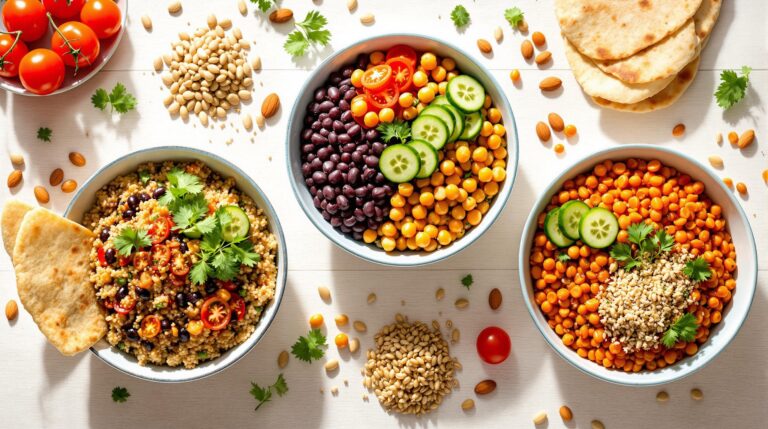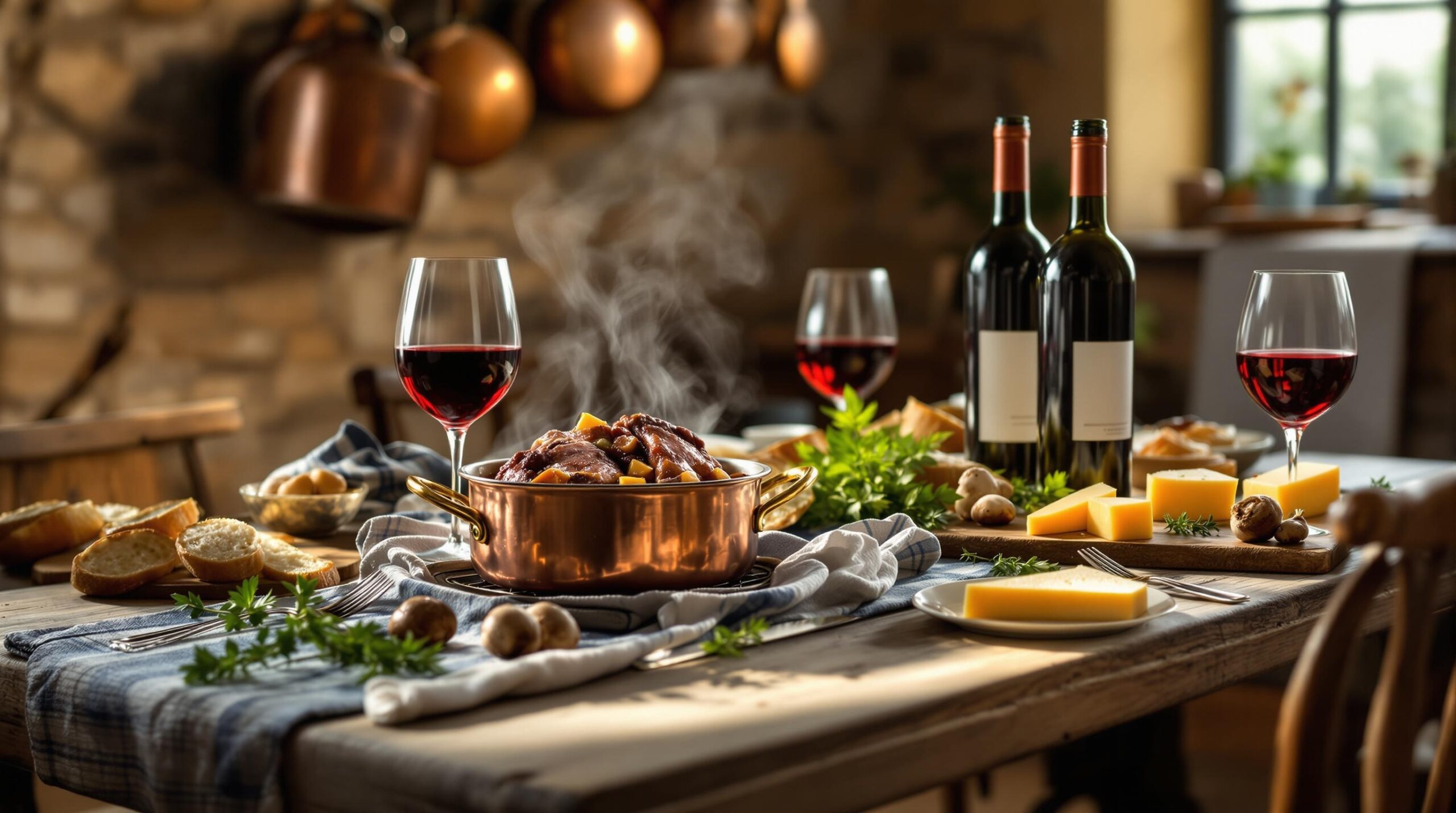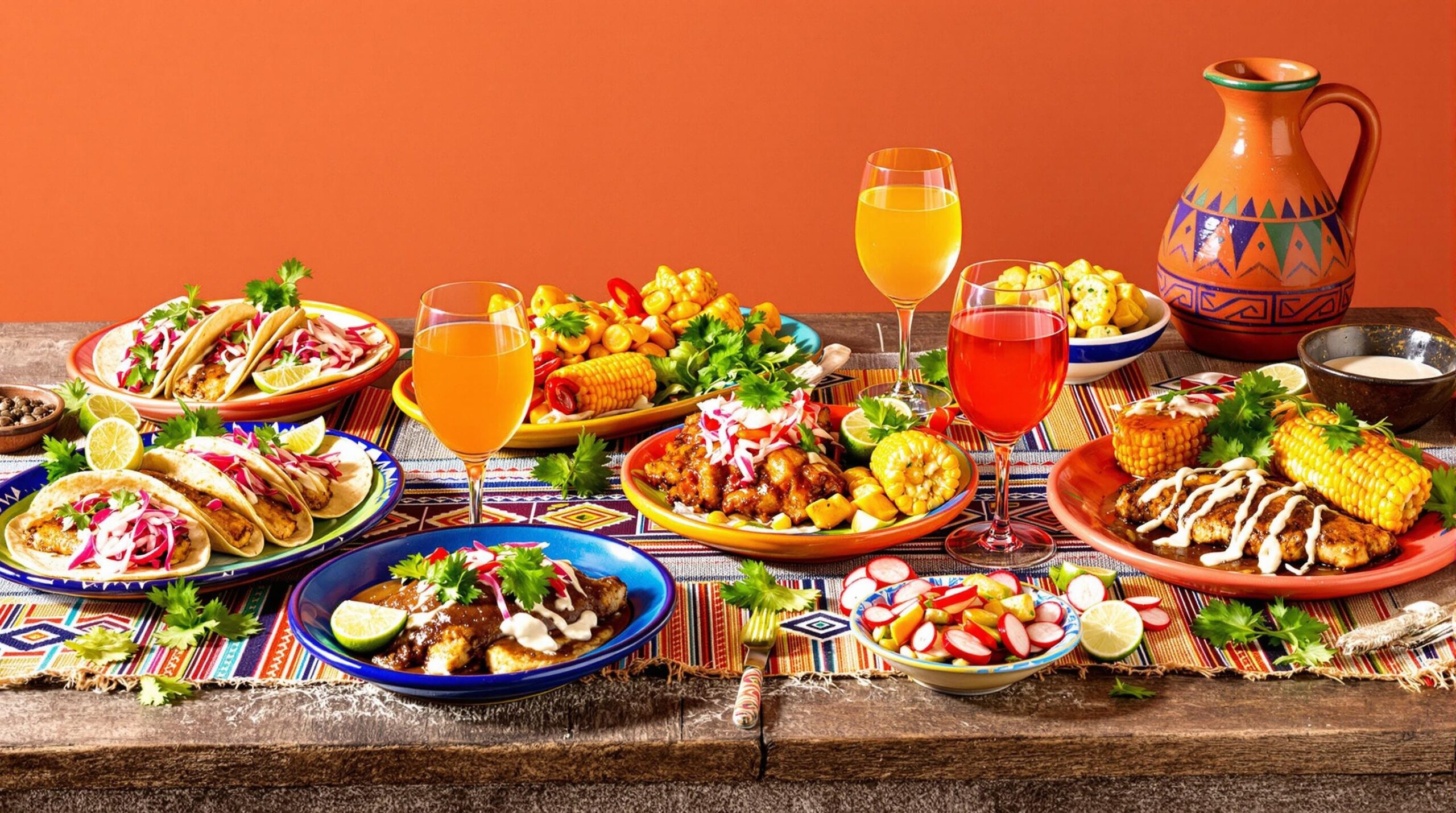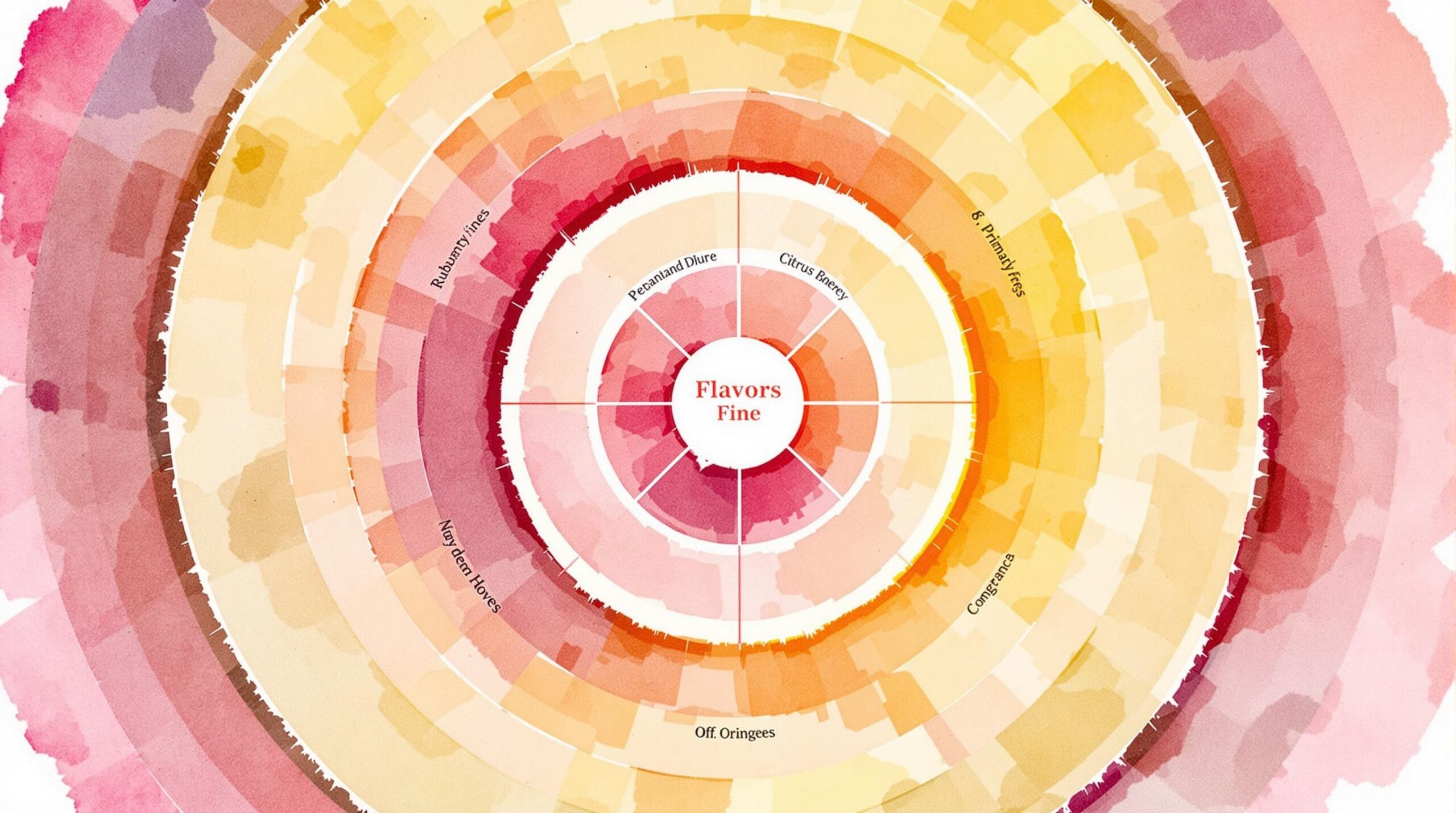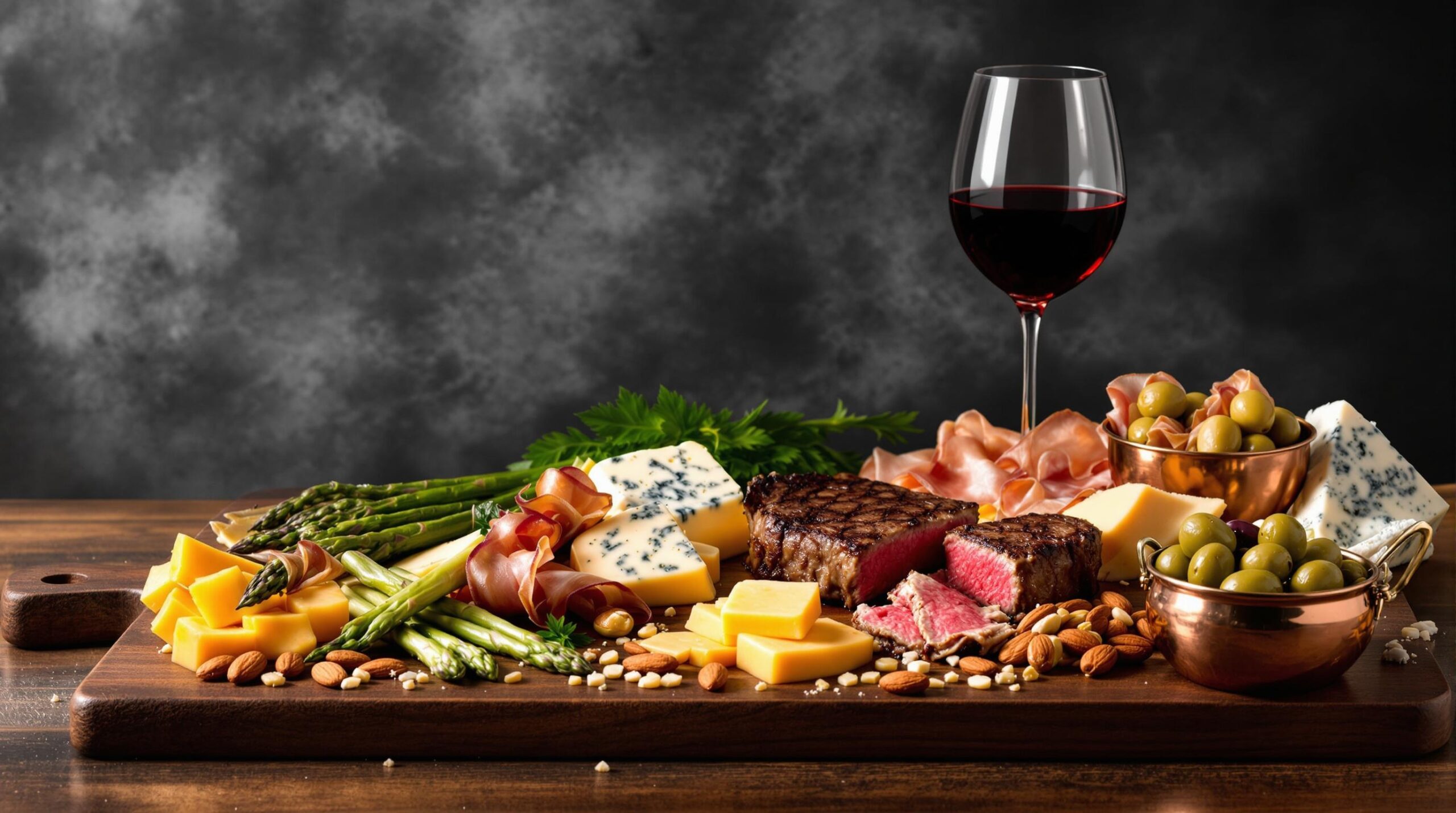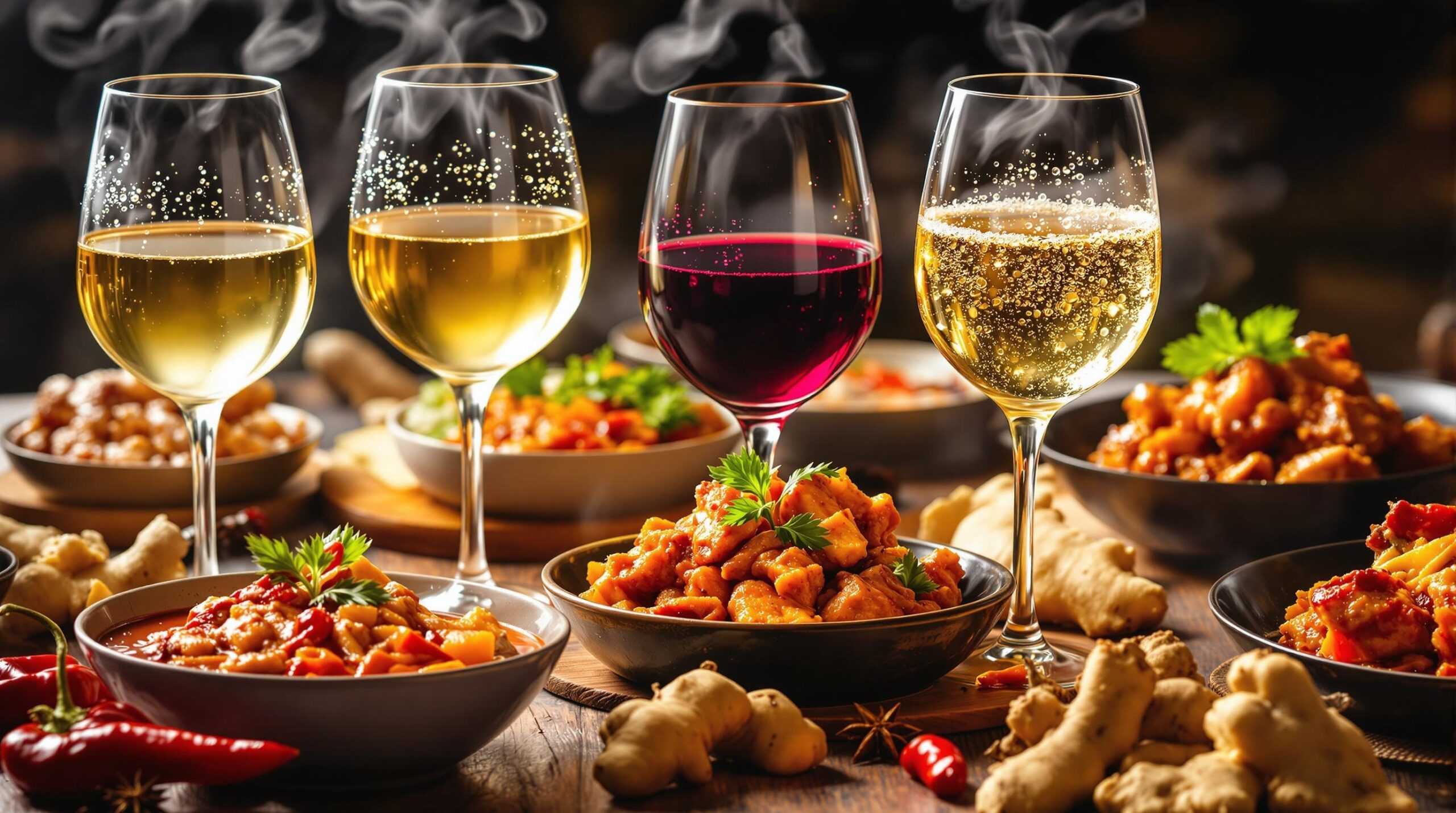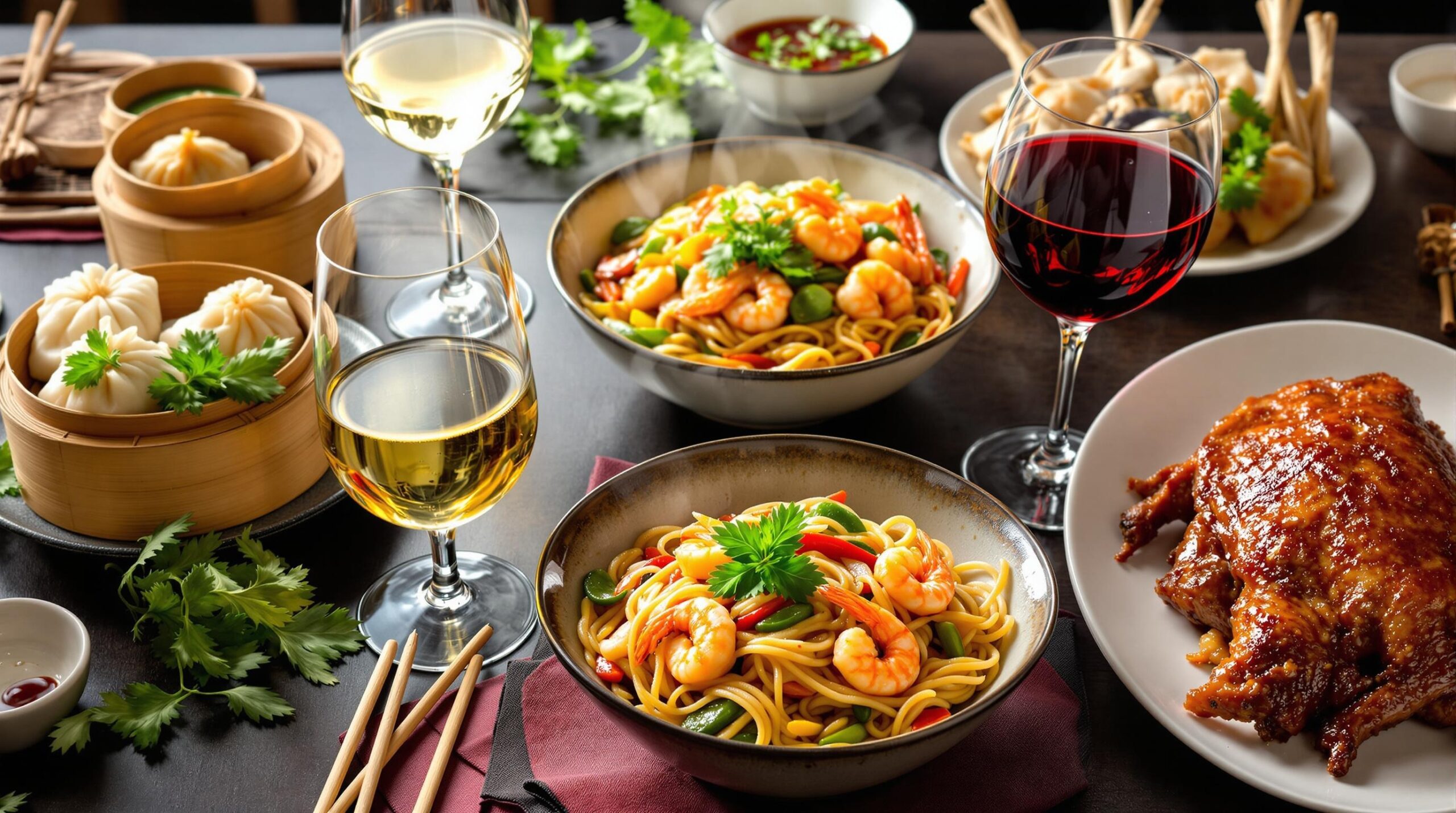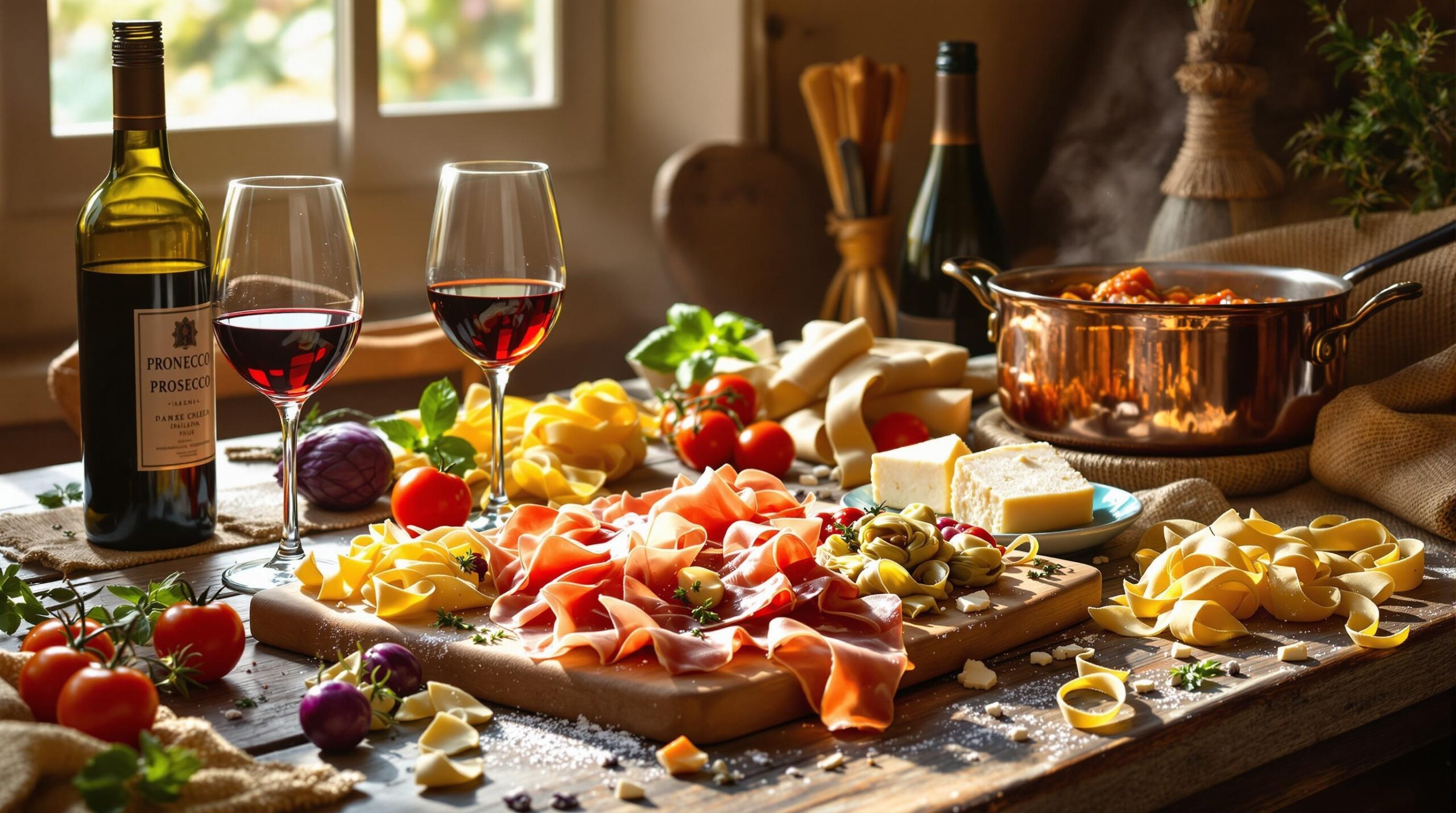Mixing the right plant proteins creates nutritionally complete meals that rival animal sources. This quick guide shows you how to pair plant proteins for optimal nutrition and taste.
Basic Plant Protein Building Blocks
The key to successful plant protein combinations lies in understanding complementary amino acids. Different plant sources provide varying amino acid profiles.
- Legumes: Lentils, chickpeas, beans (high in lysine)
- Grains: Rice, quinoa, wheat (high in methionine)
- Seeds: Pumpkin, hemp, chia (complete proteins)
- Nuts: Almonds, walnuts, cashews (healthy fats + protein)
Classic Protein Pairing Combinations
| Protein Source 1 | Protein Source 2 | Example Dish |
|---|---|---|
| Rice | Black Beans | Cuban Rice Bowl |
| Whole Wheat | Lentils | Dal with Chapati |
| Quinoa | Chickpeas | Mediterranean Bowl |
Timing and Preparation Methods
Proper preparation enhances protein absorption and digestibility. Understanding cooking times and methods for each protein source ensures optimal results.
- Soak legumes 8-12 hours before cooking
- Sprout grains to increase protein availability
- Toast nuts and seeds to enhance flavor
- Use pressure cooking to reduce cooking time
Quick & Easy Plant Protein Meal Ideas
Transform basic ingredients into satisfying meals with these protein-rich combinations. Each recipe requires minimal prep time while maximizing nutritional benefits.
- Breakfast Bowl: Quinoa + pumpkin seeds + berries (18g protein)
- Lunch Box: Chickpea hummus + whole grain crackers (15g protein)
- Power Snack: Trail mix with nuts, seeds, dried fruit (12g protein)
Wine Pairing with Plant-Based Proteins
Match plant proteins with wines that complement their unique flavors and textures. Focus on wines that enhance rather than overpower delicate plant-based dishes.
| Dish Type | Wine Style | Specific Recommendations |
|---|---|---|
| Lentil Curry | Off-dry Riesling | German Kabinett |
| Grilled Tempeh | Light Red | Pinot Noir |
| Bean Stew | Full-bodied White | Viognier |
Storage & Meal Prep Strategies
Preserve freshness and maintain protein quality with proper storage techniques. Batch cooking saves time while ensuring consistent nutrition throughout the week.
- Store cooked legumes in airtight containers (4-5 days)
- Freeze portioned grain-legume combos (up to 3 months)
- Keep nuts and seeds in cool, dark places
- Label containers with cooking dates
Making Plant Proteins Work for You
Build sustainable eating habits by incorporating these protein combinations into your regular meal rotation. Start with one meal per day and gradually increase based on your preferences.
Quick Tips for Success:
- Stock pantry basics: grains, legumes, nuts
- Prep ingredients in advance
- Experiment with different spice combinations
- Consider texture when creating meals
- Balance flavors: sweet, savory, acid, umami
Plant-Based Protein Combinations For Complete Nutrition
Top 10 FAQs About Plant-Based Protein Pairings
- What makes a complete protein combination?
A complete protein contains all nine essential amino acids. Combine legumes with grains (like rice and beans) to create complete proteins. - Which plant foods offer the highest protein content?
Lentils, chickpeas, quinoa, tempeh, and edamame rank among the highest protein plant sources. One cup of cooked lentils provides 18g of protein. - Do I need to eat protein combinations at the same meal?
No, you can consume complementary proteins within the same day for similar benefits. Your body maintains an amino acid pool for several hours. - What are easy protein pairings for breakfast?
Try oatmeal with almonds, whole grain toast with hummus, or smoothies combining hemp seeds and pea protein. - How much plant protein do I need daily?
Most adults need 0.8-1.0g of protein per kilogram of body weight. Athletes may require 1.2-2.0g per kilogram. - Can plant proteins replace animal protein entirely?
Yes, well-planned plant-based diets can provide adequate protein. Focus on variety and proper combinations. - Which plant proteins are best for muscle building?
Soy, pea protein, and quinoa offer complete amino acid profiles ideal for muscle growth. Combine with strength training for best results. - Do plant proteins digest differently than animal proteins?
Plant proteins generally digest more slowly due to fiber content. This can help with sustained energy and feeling full longer. - What are budget-friendly plant protein options?
Dried beans, lentils, peas, and whole grains offer affordable protein. Buy in bulk and prepare from scratch for maximum savings. - How can I make plant proteins more digestible?
Soak beans and legumes before cooking, use sprouted grains, and include digestive spices like ginger and cumin.
Essential Protein Pairing Combinations
| Grain | Legume/Seed | Protein Content |
|---|---|---|
| Brown Rice | Black Beans | 15g per cup |
| Quinoa | Chickpeas | 18g per cup |
| Whole Wheat | Lentils | 20g per cup |
Quick Tips for Plant Protein Success
- Prep in advance: Cook legumes in batches and freeze portions
- Keep it simple: Start with familiar combinations like hummus and pita
- Add variety: Rotate between different legumes and grains weekly
- Boost absorption: Include vitamin C-rich foods with iron-rich plant proteins
- Consider texture: Mix crunchy and smooth proteins for satisfying meals
Common Mistakes to Avoid
- Relying on a single protein source
- Forgetting to soak dried legumes
- Not including enough variety in meals
- Overlooking portions and serving sizes

